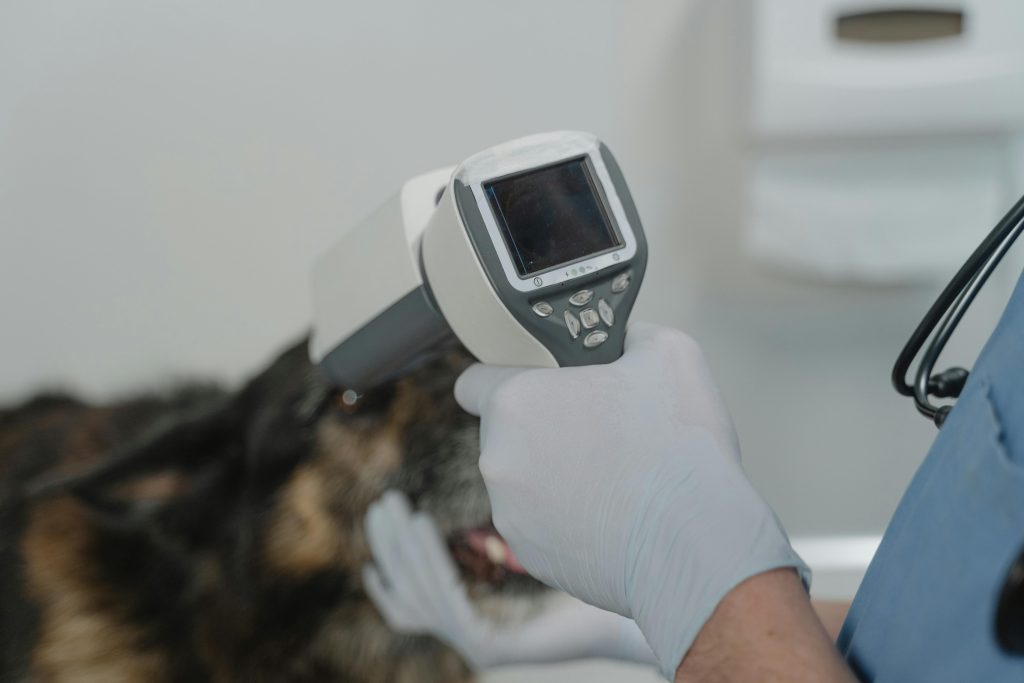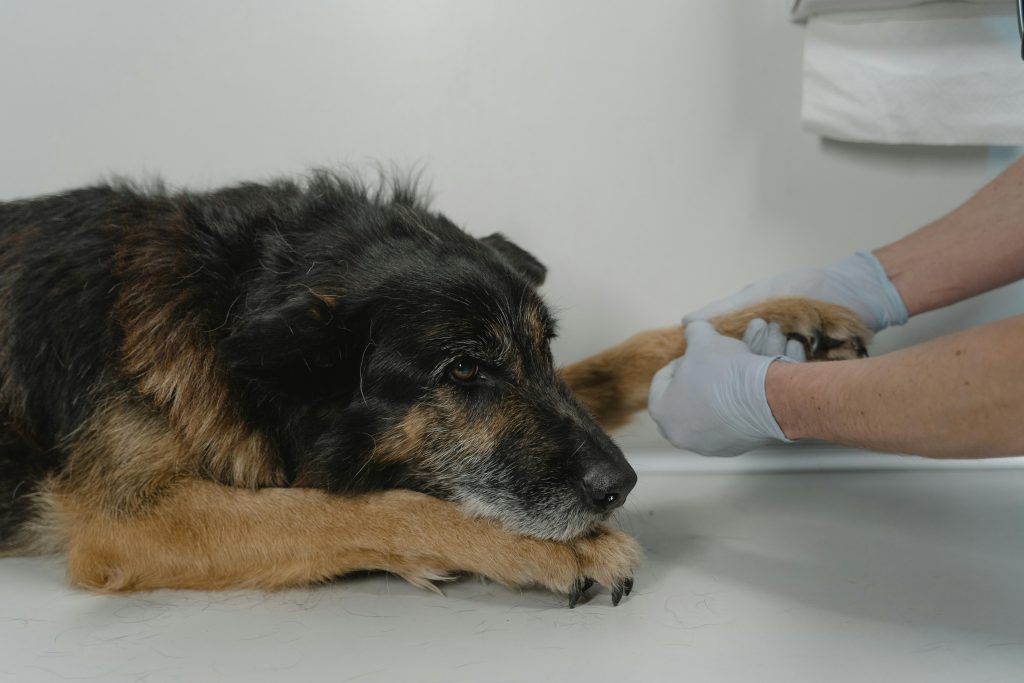Pet insurance is designed to protect you from unexpected veterinary bills when your dog, cat or small animal becomes ill or injured. According to MoneyHelper, the right policy can save hundreds of pounds each year, but it’s essential to understand how pet insurance actually works before you buy.
This guide explains what pet insurance covers, how claims are processed, and how to choose the best policy for your budget in 2025.

What Pet Insurance Covers
Most pet insurance policies reimburse vet fees for unexpected illness or injury. Cover can also include:
- Diagnostic tests: Blood tests, scans and X-rays.
- Surgery and hospitalisation: Operations or inpatient treatment.
- Medication: Prescribed drugs for covered conditions.
- Third-party liability: For dogs, in case your pet causes injury or damage.
- Optional extras: Dental, travel or routine-care add-ons.
Preventive treatments such as flea control, vaccinations and grooming are usually excluded unless added as routine-care cover.
Main Types of Pet Insurance
Accident-Only
Covers vet fees only for injuries caused by accidents. Cheapest but least comprehensive.
Time-Limited
Pays for treatment of a condition for up to 12 months from diagnosis.
Maximum-Benefit
Provides a fixed monetary limit per condition, regardless of time.
Lifetime
Renews the cover each year for ongoing illnesses, up to a total vet-fee limit.
For a deeper comparison, see Time-Limited Pet Insurance UK 2025 – Pros & Cons and Lifetime Pet Insurance UK 2025 – Long-Term Protection.
How Pet Insurance Claims Work
Each insurer has its own claim process, but the typical steps are:
- Visit the vet – Get treatment and request an itemised invoice.
- Submit a claim – Complete the insurer’s online or paper form.
- Vet completes section – The practice provides clinical notes.
- Pay the excess – You contribute the agreed amount toward the bill.
- Receive reimbursement – The insurer pays the remaining balance to you or directly to the vet.
Most insurers process claims within 10–14 days once all documents are received. The Association of British Insurers (ABI) advises checking how quickly providers settle claims before choosing a policy.
Understanding Excess and Co-Payments
The excess is the amount you pay toward each claim. For example, if your excess is £90 and the vet bill is £500, the insurer pays £410.
Some policies add a co-payment, a percentage of each claim once your pet reaches a certain age (often 20%).
Reducing the excess will raise premiums, while increasing it can lower costs but may make frequent claims less worthwhile.
What Isn’t Covered
Typical exclusions include:
- Pre-existing conditions (before your policy start date)
- Routine and preventive treatments
- Pregnancy or breeding
- Behavioural therapy (unless specified)
- Non-essential procedures such as cosmetic surgery
Always read the full policy wording before purchase. The Money Saving Expert guide to pet insurance provides an impartial overview of common exclusions.
Average Pet Insurance Costs in 2025
| Pet Type | Average Monthly Cost | Typical Excess | Popular Insurers |
|---|---|---|---|
| Dog | £25–£45 | £75–£125 | Petplan, ManyPets, Agria |
| Cat | £15–£25 | £70–£100 | Tesco, Sainsbury’s, Animal Friends |
| Rabbit / Small Pet | £10–£15 | £50–£75 | Agria, ExoticDirect |
Premiums depend on breed, age, location and cover level. Multi-pet or routine-care discounts can reduce costs by 5–15 %.
How to Compare Pet Insurance in 2025
When comparing quotes:
- Focus on vet-fee limits, not just monthly price.
- Check whether dental and chronic illness cover are included.
- Review customer reviews and claim-speed data.
- Consider discounts for multiple pets or loyalty schemes.
Independent comparison tools and the MoneyHelper comparison checklist can help you evaluate value beyond price alone.
Related Reading
- Best Pet Insurance UK 2025 – Compare Top Providers
- Pet Insurance Add-Ons UK 2025 – Dental, Travel & Routine Care Explained
- Is Pet Insurance Worth It UK 2025? Costs & Benefits
FAQs – How Pet Insurance Works in the UK 2025
How does pet insurance payment work?
You pay monthly or annually, then claim reimbursement for eligible vet fees after paying your excess.
Can vets claim directly from insurers?
Yes. Many UK vets work directly with major insurers such as Petplan and Agria, reducing upfront payments.
Are pre-existing conditions covered?
No. These are usually excluded, but some specialist providers may consider them after a waiting period.
Do I need pet insurance for indoor pets?
Yes – indoor cats and smaller animals can still suffer illness or accidents. Cover ensures access to treatment without financial stress.

Conclusion
Pet insurance works by reimbursing vet costs for unexpected illness or injury, giving peace of mind when pets need care most.
Understanding policy types, claims processes and exclusions ensures you buy cover that fits your pet’s needs.
Before taking out a policy, review the fine print, compare vet-fee limits, and choose a trusted insurer known for fast, fair claims handling.



